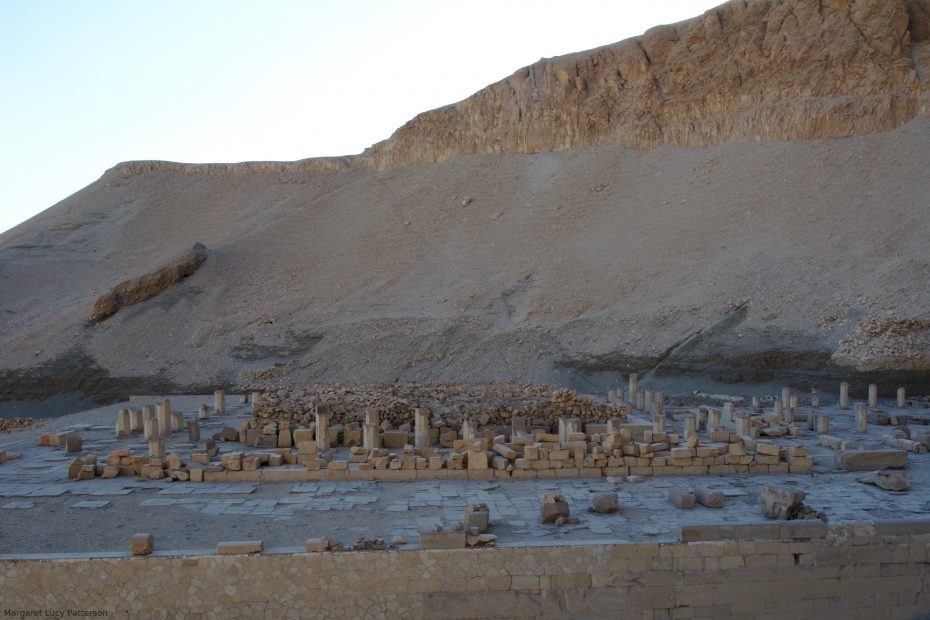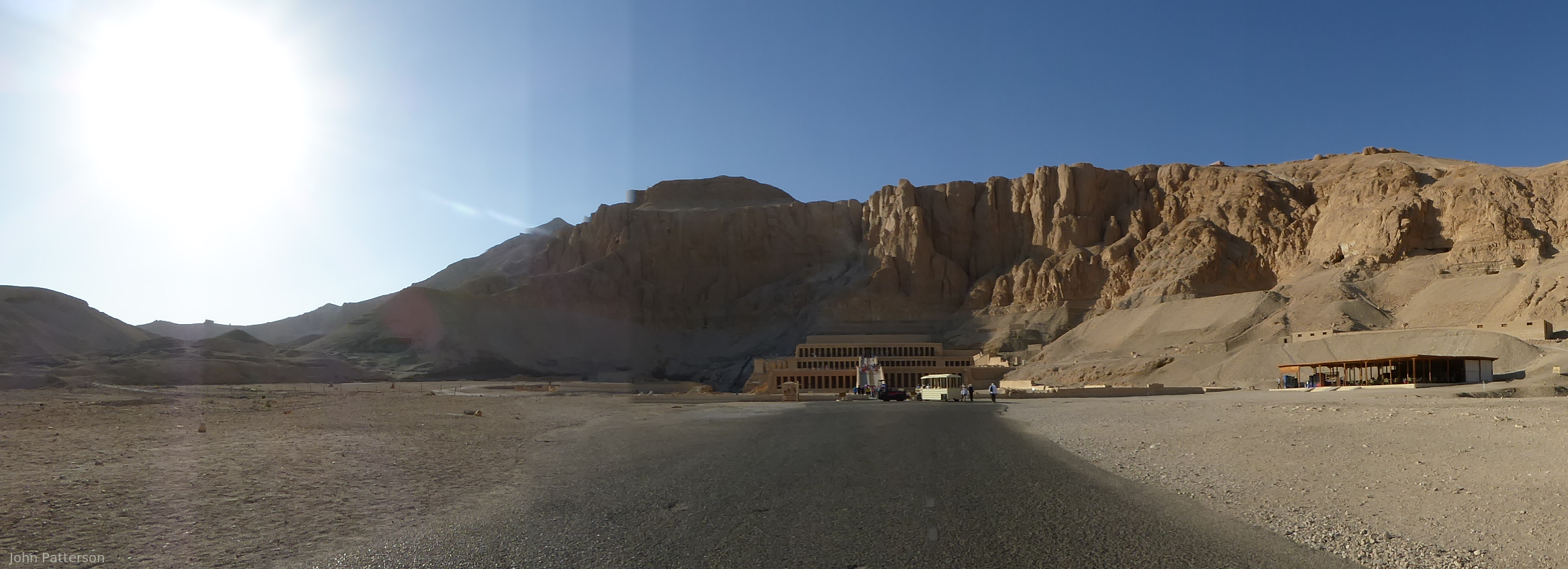“The Rise of the Theban Necropolis. Current research in the early Middle Kingdom tombs of North Asasif” Dr Patryk Chudzik
At the beginning of October 2021 Dr Patryk Chudzik, director of the Polish Centre of Mediterranean Archaeology (University of Warsaw) expedition to North Asasif, spoke to the Essex Egyptology Group about the work of the project. He began by reminding us of the context of the site, first geographically (briefly) and then historically. As he said, there was no need to spend much time on the geographical introduction – the Theban Necropolis is one of the biggest archaeological sites in the world and the biggest necropolis in Egypt. The specific part of this enormous site that his Polish team are working on is called the North Asasif, it consists of the slope on the northern side of the temple of Hatshepsut at Deir el-Bahri. The tombs at the North Asasif are of people who were contemporary with Montuhotep II who had moved his necropolis to the north and the west… Read More »“The Rise of the Theban Necropolis. Current research in the early Middle Kingdom tombs of North Asasif” Dr Patryk Chudzik

